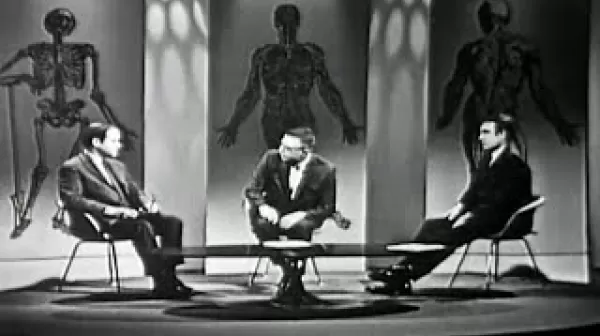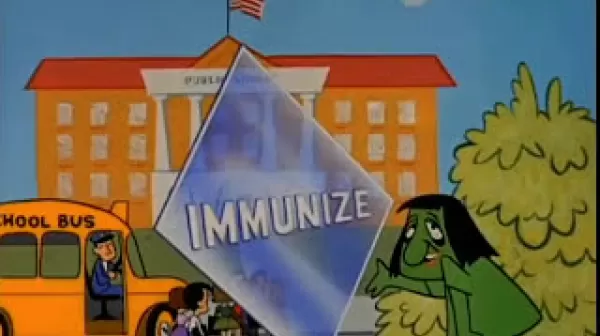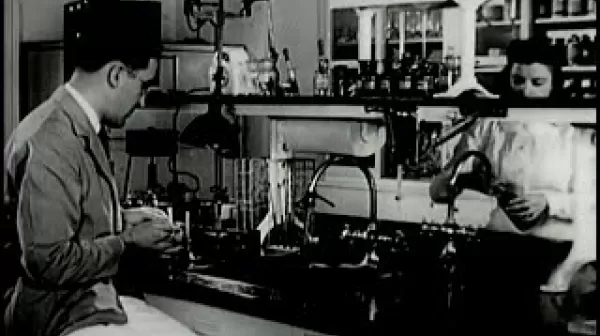You Can Help (National Tuberculosis Association and Paul J. Fennell Co., 1948)
This film briefly traces the history of the fight against tuberculosis, and describes the work of local, state, and national tuberculosis associations, including research, health education, diagnosis, treatment, public information, and Seals sales. Produced by Paul J. Fennell C. for the National Tuberculosis Association.










